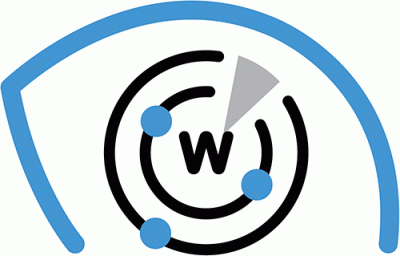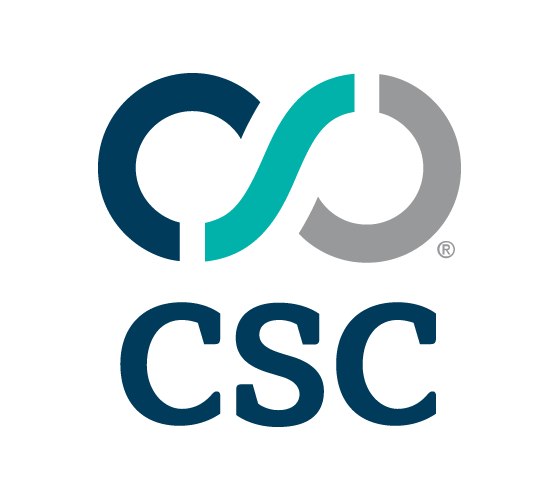


|
||
|
||
Each year, threat actors zoom in on U.S. taxpayers in a bid to intercept their payments and line their pockets instead. And while the tax day—15 April 2025—has passed, those who need more time can settle their dues up to 15 October 2025 without getting penalized if they requested an extension.
That said, ongoing tax-themed phishing campaigns may affect those who have not yet filed their tax returns. Microsoft cybersecurity researchers identified 11 domains and one IP address as indicators of compromise (IoCs) related to one such campaign. WhoisXML API expanded the current IoC list and uncovered potentially connected artifacts, namely:
A sample of the additional artifacts obtained from our analysis is available for download from our website.
We started our in-depth analysis of the 2025 tax-themed threat by looking further into the current list of IoCs. First, we queried the 11 domains on Bulk WHOIS API and discovered that eight of them had current WHOIS records. We also found that:

They were administered by five different registrars led by NiceNIC, OwnRegistrar, and PDR, which accounted for two domains each. One domain each was administered by Digital for IT & Communications and WEBCC.

They were registered in four different countries led by the U.S., which accounted for five domains. One domain each was registered in Libya, Malaysia, and Pakistan.

A DNS Chronicle API for the 11 domains tagged as IoCs revealed that eight recorded 273 domain-to-IP resolutions over time. The IoC historyofpia[.]com posted the oldest resolution date—7 February 2017. Take a look at historical DNS details for three other domains below.
| DOMAIN IoC | NUMBER OF RESOLUTIONS | FIRST RESOLUTION DATE |
|---|---|---|
| acusense[.]ae | 15 | 26 February 2024 |
| muuxxu[.]com | 4 | 10 December 2024 |
| proliforetka[.]com | 14 | 31 January 2025 |
Next, we queried the sole IP address identified as an IoC on IP Geolocation API and found that it was geolocated in Colombia and administered by Telmex Colombia.
A DNS Chronicle API query for the IP address tagged as an IoC, however did not turn up any result.
In addition, using sample netflow data our researchers obtained from the IASC, we further analyzed 181[.]49[.]105[.]59, which served as a command-and-control (C&C) IP address related to the threat we analyzed. The sample data revealed two alleged victim IP records, both of which could be associated with the same ISP Energy Group Networks operating under ASN 18779 according to an additional IP Geolocation API query.
After knowing more about the IoCs, we searched for their DNS breadcrumbs.
We kicked off our deep dive by querying the 11 domains identified as IoCs on WHOIS History API. The results showed that seven of them had 17 email addresses in their historical WHOIS records. Eight of the 17 email addresses were public.
A Reverse WHOIS API query for the eight public email addresses revealed that while they did not appear in current WHOIS records, they all appeared in historical records. However, two of these email addresses were excluded from further analysis as they were associated with a high number of connected domains, potentially indicating domaining activities unrelated to the threat we analyzed. In sum, the six public email addresses left on our list led to the discovery of 153 email-connected domains after duplicates and those already tagged as IoCs were filtered out.
We then queried the 153 email-connected domains on Threat Intelligence API and found that one of them—0913u[.]com—has already been classified as a generic threat source.
Next, a DNS Lookup API query for the 11 domains identified as IoCs revealed that six of them had active IP resolutions. In particular, the six domains resolved to 13 unique additional IP addresses, none of which matched the known IP address tagged as an IoC.
This post only contains a snapshot of the full research. Download the complete findings and a sample of the additional artifacts on our website or contact us to discuss your intelligence needs for threat detection and response or other cybersecurity use cases.
Disclaimer: We take a cautionary stance toward threat detection and aim to provide relevant information to help protect against potential dangers. Consequently, it is possible that some entities identified as “threats” or “malicious” may eventually be deemed harmless upon further investigation or changes in context. We strongly recommend conducting supplementary investigations to corroborate the information provided herein.
Sponsored byIPv4.Global

Sponsored byVerisign

Sponsored byWhoisXML API

Sponsored byDNIB.com

Sponsored byRadix

Sponsored byVerisign

Sponsored byCSC
